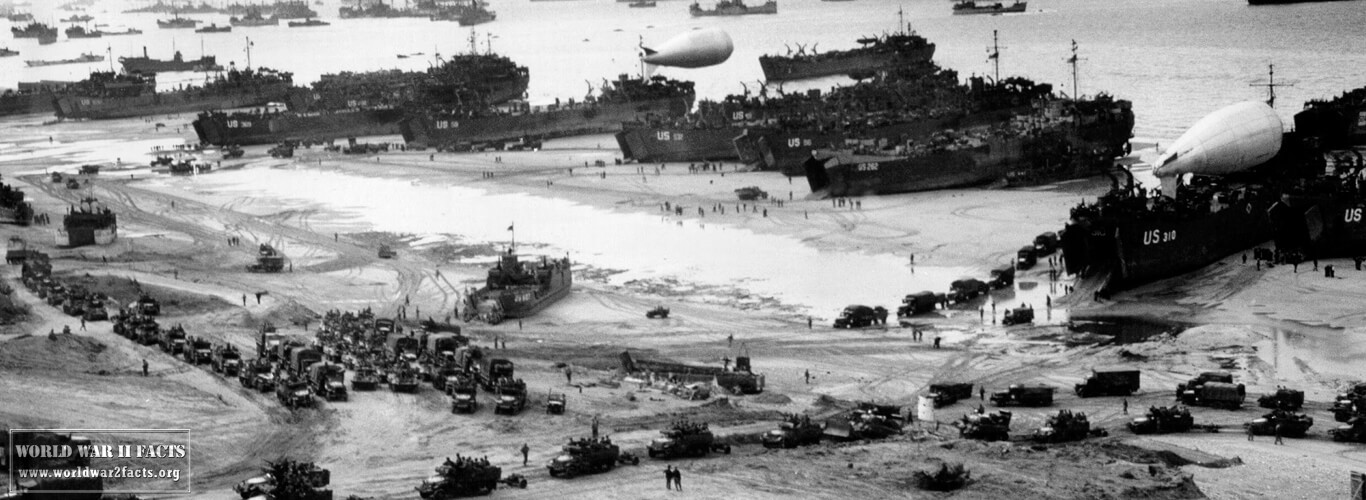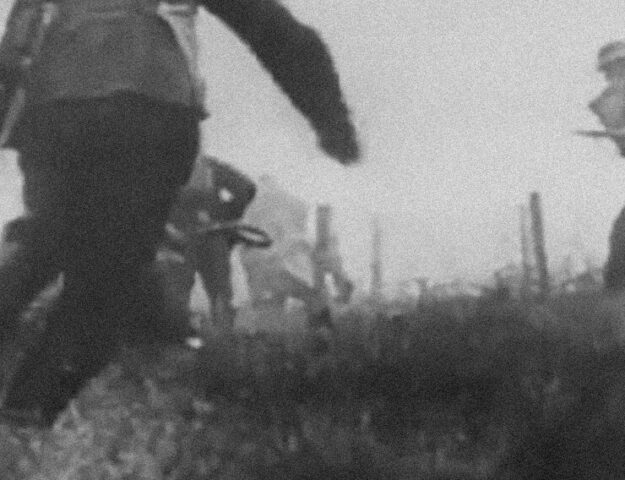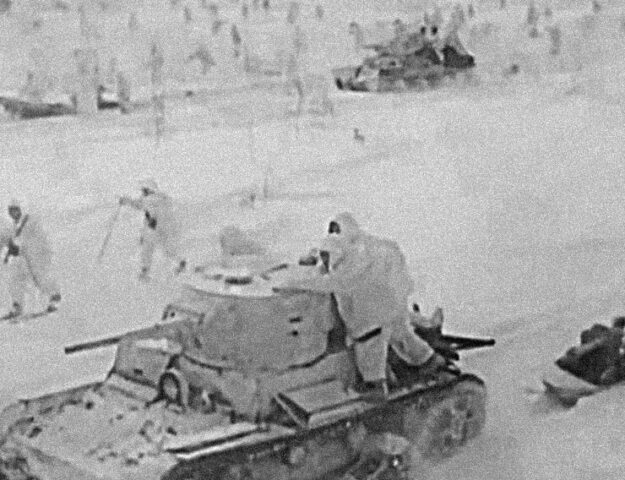Siege of Tobruk
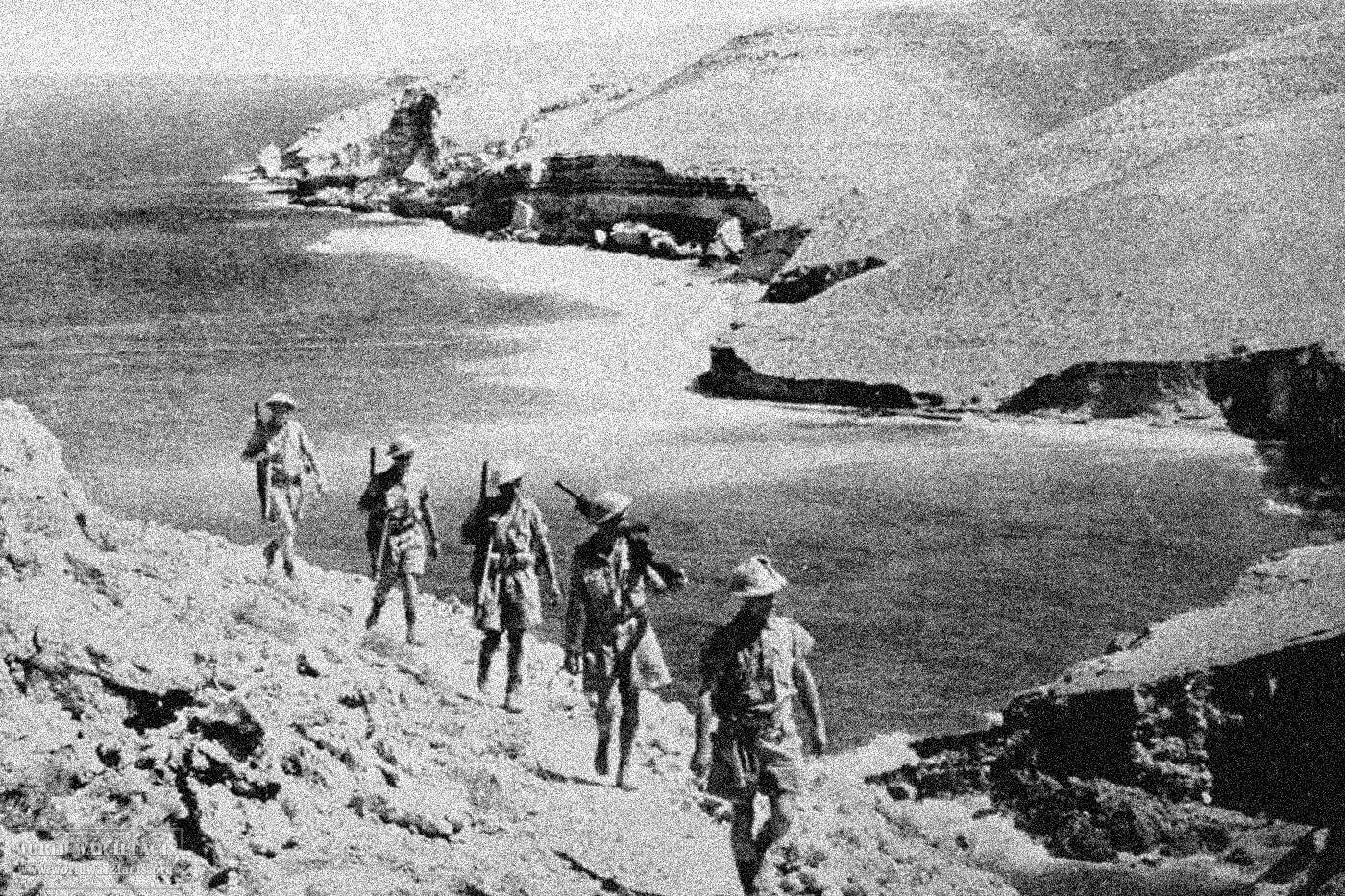 Siege of Tobruk: Allied patrol at Tobruk, Libya, summer of 1941
Siege of Tobruk: Allied patrol at Tobruk, Libya, summer of 1941The Siege of Tobruk began shortly after the end of Operation Compass in April 1941. Following the success of Operation Compass, the British and Commonwealth forces advanced deep into Libya. Still, their supply lines were overextended, forcing them to halt their advance and consolidate their positions. The Australian 9th Division was left to defend Tobruk, a crucial deep-water port and a natural defensive position.
The Axis forces, led by German General Erwin Rommel, launched a counterattack against the Allied troops and quickly encircled Tobruk, laying siege to the city. The Allied forces at Tobruk were under constant attack and were subjected to heavy bombardment and air raids. Still, they held out against the Axis forces for 240 days, denying them control of the deep-water port and inflicting significant damage on their supply lines.
Operation Compass
Contents
Operation Compass was a British military operation in North Africa from December 1940 to February 1941. Its objective was to push the Italian forces out of Egypt and Libya, which were part of the Italian Empire, and to gain control of the strategic Mediterranean ports in the region. The operation was a resounding success, resulting in the capture of tens of thousands of Italian soldiers, and pushed the front line deep into Libya.
Siege of Tobruk Facts
- Dates: April 10 to December 7, 1941.
- Location: Tobruk, Libya
- Battle Result: Strategic Allied Victory

The Battle of Tobruk resulted in a strategic victory for the Allied forces. Despite being outnumbered and outgunned, the Allied garrison held out against the Axis forces for 240 days, preventing them from capturing the strategically important port of Tobruk. The successful defense of Tobruk boosted the morale of the Allied forces and marked the first significant setback for the Axis in the North African theater of World War II. The siege was finally lifted in November 1941 when the Allied forces launched a counteroffensive and broke through the German lines.
- The Siege of Tobruk took place from April to December 1941 during the North Africa Campaign of World War II.
- Tobruk, a port city in eastern Libya, was strategically important because it was the only deep-water port in the region.
- The Allies, led by Australian General Leslie Morshead, had occupied Tobruk in January 1941 and turned it into a strong defensive position.
- The German Afrika Korps, under the command of General Erwin Rommel, launched a major offensive against Tobruk in April 1941 with the support of Italian forces.
- The siege lasted for 240 days, during which the defenders, consisting of mainly Australian, British, Indian, and Polish troops, endured constant attacks from the Axis forces.
- The defenders of Tobruk, known as the “Rats of Tobruk,” earned a reputation for their tenacity and determination in the face of overwhelming odds.
- The siege was lifted in November 1941 when the Allied forces launched a counter-attack, codenamed Operation Crusader, which broke through the German lines and relieved the garrison.
- The Siege of Tobruk was a significant victory for the Allies and marked the first major setback for the Axis forces in the North Africa Campaign.
- The siege also significantly impacted the Allies’ morale and inspired Churchill’s famous quote: “Never was so much owed by so many to so few.”
- The Siege of Tobruk became a symbol of resistance and endurance for the Allied forces during World War II. Its legacy continues to be celebrated in Australia as a significant event in its military history.
Siege of Tobruk Video
Siege of Tobruk Commmanders
Allied forces:
- Lieutenant General Leslie Morshead (Australia) – commander of the Allied garrison at Tobruk
- Major General Ronald Scobie (United Kingdom) – commander of the British 70th Infantry Division, which reinforced Tobruk during the siege
Axis forces:
- General Erwin Rommel (Germany) – commander of the Afrika Korps, which led the siege
- General Ettore Baldassarre (Italy) – commander of the Italian forces that supported the Afrika Korps during the siege.
Siege of Tobruk Order of Battle
Here is a simplified order of battle for the Siege of Tobruk:
Allied forces:
- 9th Australian Division
- 18th Australian Brigade
- 20th Australian Brigade
- 24th Australian Brigade
- 2nd Australian Imperial Force (AIF)
- 7th Australian Division (reinforcements)
- British 70th Infantry Division (reinforcements)
- Indian troops (reinforcements)
- Polish Independent Carpathian Rifle Brigade (reinforcements)
Axis forces:
- Afrika Korps (German)
- Italian Army (supporting the Afrika Korps)
Please note that this is a simplified order of battle and that additional units were involved in the battle, including artillery, tanks, and air forces. Also, the strength and composition of the troops on both sides changed throughout the siege due to casualties and reinforcements.
Siege of Tobruk Casulaties
Allied forces:
- Australian casualties: 3,250 killed, wounded or captured.
- British casualties: 512 killed, 2,142 wounded, and 25 missing.
Axis forces:
- German casualties: 3,500 killed or wounded, and 843 captured.
- Italian casualties: 25,000 killed or wounded, and 15,000 captured.
Please note that these figures are approximate and can vary depending on the source. Also, it is worth noting that the siege lasted 240 days, and casualties were sustained throughout that period.
Allied Plan During Siege of Tobruk
During the Siege of Tobruk, the Allied plan was to hold the port city as a forward base and deny the Axis access to its strategic location and a deep-water port. The Allied forces at Tobruk were under Lieutenant General Leslie Morshead, who coordinated the city’s defense.
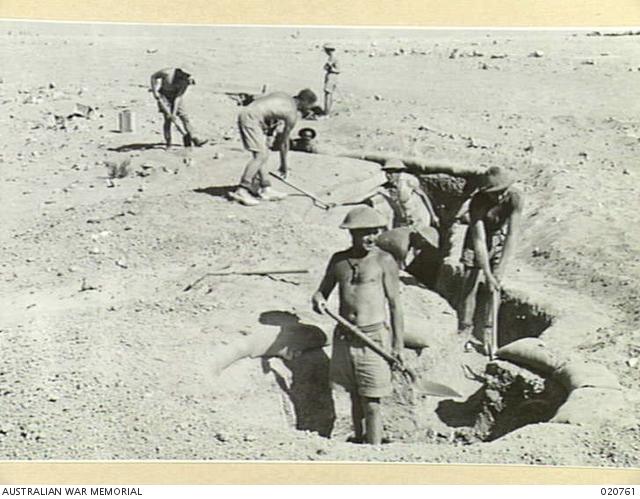
The primary objective of the Allies was to hold Tobruk for as long as possible, despite being outnumbered and outgunned by the Axis forces led by General Erwin Rommel. The Allies established a solid defensive perimeter around Tobruk to achieve this objective and used extensive minefields, barbed wire, and other defensive measures.
In addition to holding Tobruk, the Allied plan was to inflict maximum damage on the Axis forces and disrupt their supply lines. To this end, the Allied troops at Tobruk launched numerous raids and attacks on Axis positions, convoys, and airfields, often using hit-and-run tactics.
Finally, the Allies were also planning to launch a counteroffensive to lift the siege of Tobruk, which they achieved with the launch of Operation Crusader in November 1941. The operation broke through the German lines and relieved the Allied garrison at Tobruk, marking a significant victory for the Allies in the North Africa Campaign.
Siege of Tobruk Summary
The Siege of Tobruk was a significant battle fought during World War II between Allied and Axis forces in North Africa. It took place from April 10 to December 7, 1941. It involved the defense of the strategic port city of Tobruk by a garrison of Australian, British, and other Allied troops against a much larger force led by German General Erwin Rommel.
Despite being outnumbered and outgunned, the Allied garrison at Tobruk held out against the Axis forces for 240 days, denying them control of the deep-water port and inflicting significant damage on their supply lines. The Allied defense was characterized by extensive use of minefields, barbed wire, other defensive measures, and numerous raids and attacks on Axis positions, convoys, and airfields.
The Allied victory at Tobruk marked the first significant setback for the Axis in the North Africa Campaign and boosted the morale of the Allied forces. The siege was finally lifted in November 1941 when the Allies launched a counteroffensive, breaking through the German lines and relieving the garrison at Tobruk. The battle resulted in heavy casualties on both sides, with the Allies suffering approximately 3,250 killed, wounded, or captured, and the Axis suffering around 3,500 killed or wounded and 843 captured.
Siege of Tobruk References
- “The Siege of Tobruk.” Australian War Memorial. https://www.awm.gov.au/articles/encyclopedia/tobruk
- “Tobruk.” The National WWII Museum. https://www.nationalww2museum.org/war/articles/us-invasion-north-africa
- Latimer, Jon. Tobruk 1941: Rommel’s Opening Move. Cambridge, MA: Harvard University Press, 2001.
- Mitcham, Samuel W. Rommel’s Desert War: Waging World War II in North Africa, 1941-1943. New York: Regnery History, 2011.
- Playfair, Major-General I.S.O. The Mediterranean and Middle East, Volume II: The Germans come to the Help of their Ally (1941). London: HMSO, 1956.
- Thompson, Peter. Tobruk 1941: Capture, Siege, Relief. Oxford: Osprey Publishing, 2008.
